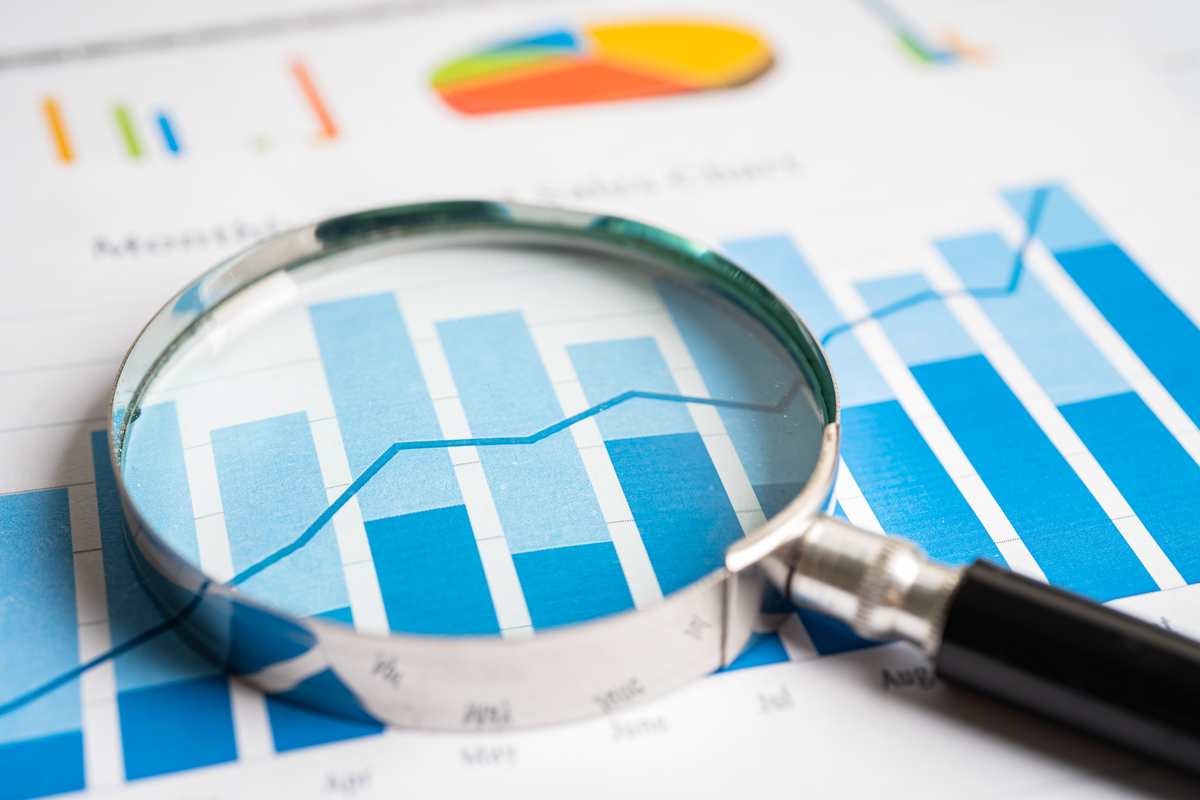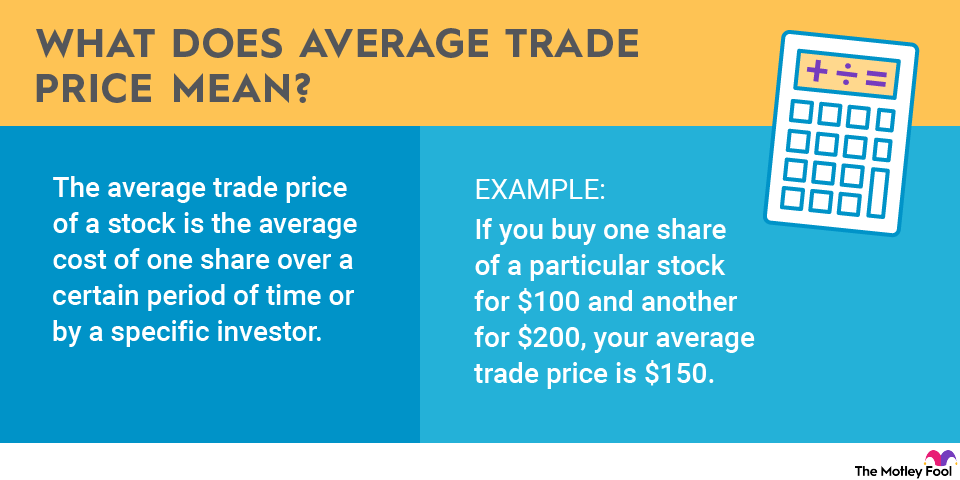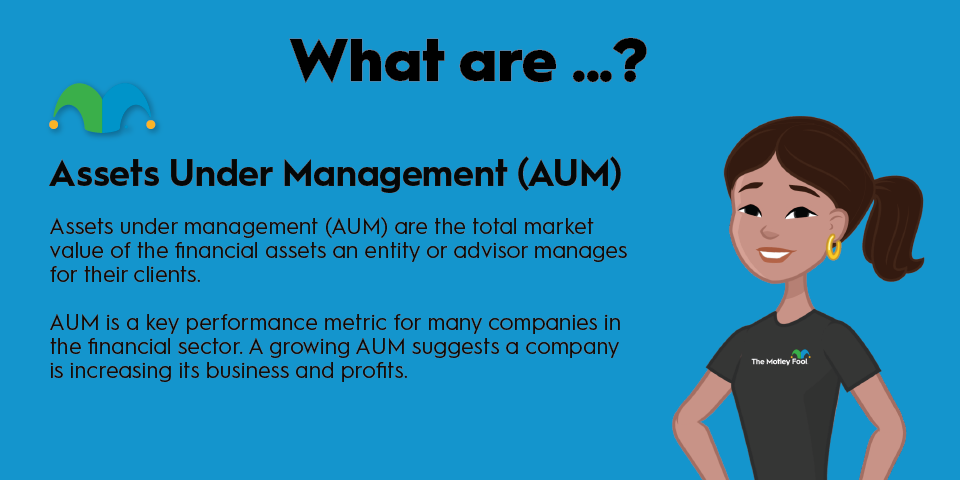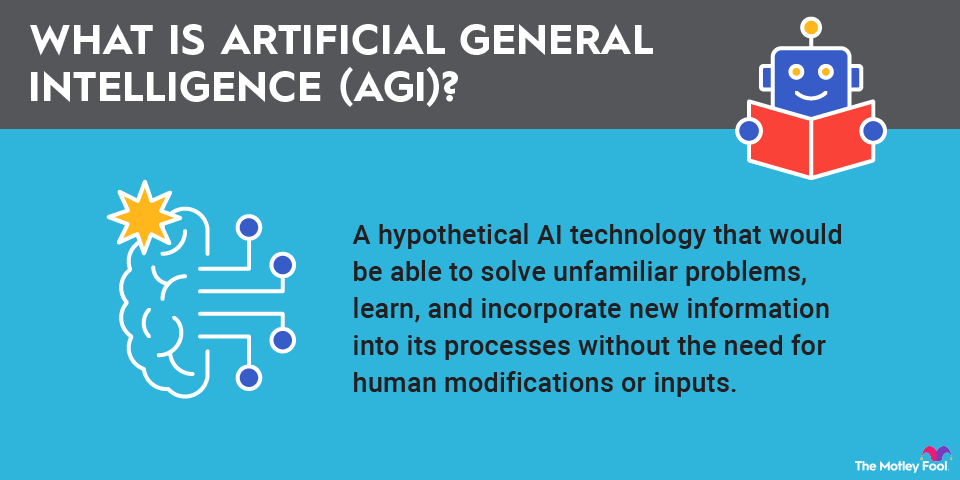Understanding error is part and parcel of the scientific method, and in terms of reading instruments and digital measurements, absolute error is an important concept to grasp. In science, engineering, finance, and just about any field where numbers matter, it’s important to factor in the possibility that different instruments and measuring methods might show different results. If you've ever measured something and found it wasn’t exactly what you expected, that difference is the absolute error.

Let’s break down what it means, why it’s important, and how to calculate and use it.
Understanding absolute error
Absolute error measures the difference between a measured value and the true or accepted value. It tells you, in simple terms, how far off a result is, regardless of whether the error is above or below the actual value. The formula is delineated below:
Absolute Error = Measured Value - True Value
Measured value
Measured value is the result you get when you observe or record something using a tool, like a thermometer or scale. Your phone nowadays has plenty of applications that work as tools and a measuring system. The measured value is what your device you are using says the number is.
True value
True value is the actual, correct number, which is often determined by a more accurate or standardized method. For example, a lab might determine the true value of a metal’s weight by using a highly calibrated reference scale under controlled conditions; it's the benchmark you compare your measured value against.
Why is absolute error important for measurement?
Even a small measurement mistake can have profound consequences, and that is why absolute error matters, and in some cases, a lot. For example, if you are a company like SpaceX, shooting rockets into orbit, fractions of a second and fractions of centimeters take on a huge importance. Absolute error helps take into account different deviations that might affect things during a satellite launch. Whether you're checking your oven temperature or guiding a satellite, accuracy keeps things working the way they’re supposed to. When measurements are off, decisions get riskier.
Let’s say a thermometer says it’s 104°F, but the real temperature is 100°F. That four-degree difference is the absolute error. In everyday life, it might not seem like a big deal, unless you’re in a hospital where a patient’s treatment depends on a precise temperature reading. Absolute error makes it easy to understand just how far off the measurement really is, with no math tricks or negative signs involved.
In manufacturing, absolute error is used like a quality control bouncer at the door. If a car part is even a hair too wide or too thin, it can fail inspection. Absolute error sets the cutoff. It’s a simple tool to make sure products meet standards and that small mistakes don’t lead to big problems down the line.
When and where to use absolute error
Use it when comparing measurements
When you have two tools measuring the same thing, absolute error helps you figure out which one is more trustworthy. If one thermometer reads 101°F and the other reads 100.2°F, when the actual temperature is 100°F, you know the second one is more accurate, based on the smaller absolute error.
Report it alongside the results
In any experiment or data report, stating the absolute error gives important context about the quality of the measurement. Saying “the length is 8.2 cm by 0.1 cm” tells people how much wiggle room there is, which is especially important in fields like science, construction, or engineering where precision matters.
Combine it with other metrics
Absolute error tells you how far off a measurement is, but it doesn’t explain how big that error is compared to the size of the measurement itself. That’s where relative error comes in; by expressing the error as a percentage of the true value, it helps you decide if the error is meaningful or just minor noise. Using both together gives a clearer view of measurement accuracy.
Related investing topics
Example: Absolute error with a thermometer
Let’s say a digital thermometer shows a temperature of 72.5°F. The actual temperature, measured by a high-accuracy reference thermometer, is 70.0°F.
We use the formula:
Absolute Error = Measured Value - True Value
Absolute Error = 72.5−70.0
Absolute Error = 2.5°F
In this case, the thermometer is off by 2.5°F. If that’s within your acceptable range of error (say +/-3°F), you can trust the device. If not, it might need to consider a recalibration or buying a new one!



















